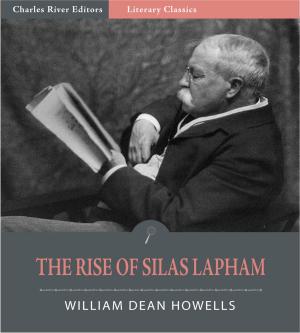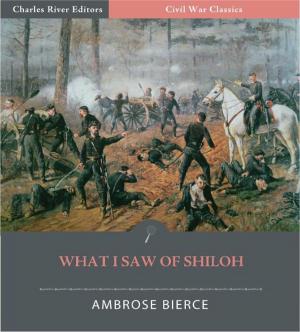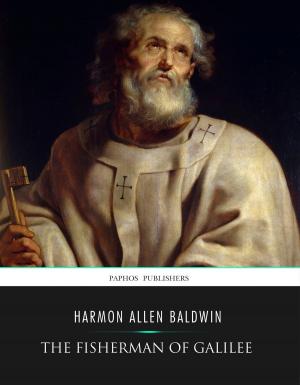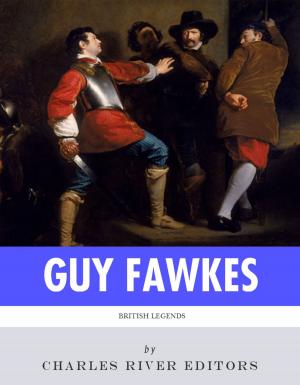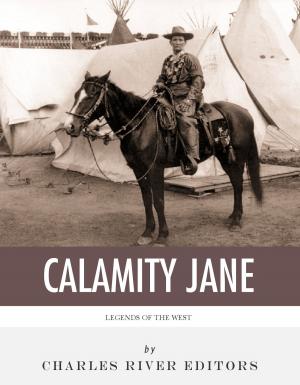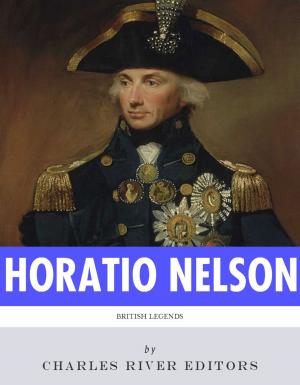| Author: | Anonymous | ISBN: | 9781619820500 |
| Publisher: | Charles River Editors | Publication: | January 12, 2012 |
| Imprint: | Language: | English |
| Author: | Anonymous |
| ISBN: | 9781619820500 |
| Publisher: | Charles River Editors |
| Publication: | January 12, 2012 |
| Imprint: | |
| Language: | English |
The Iroquois, also known as the Haudenosaunee or the "People of the Longhouse," are an association of several tribes of Native Americans in North America. After the Iroquoian-speaking peoples coalesced as distinct tribes, based mostly in present-day central and upstate New York, in the 16th century or earlier they came together in an association known today as the Iroquois League, or the "League of Peace and Power". The original Iroquois League was often known as the Five Nations, as it was composed of the Mohawk, Oneida, Onondaga, Cayuga and Seneca nations. After the Tuscarora nation joined the League in 1722, the Iroquois became known as the Six Nations. When Europeans first arrived in North America, the Iroquois were based in what is now the northeastern United States, primarily in what is referred to today as upstate New York. The Iroquois League has also been known as the Iroquois Confederacy. Technically, the League still exists, but the Confederacy dissolved after the American Revolution. Some 20th century historians have debated whether the Iroquois system of government had any influence on the United States development of the Articles of Confederation and Constitution. In 1988, Congress passed a resolution to recognize the influence of the Iroquois League upon the Constitution and Bill of Rights. Indeed, it is easy to find similarities between the two constitutions. The Iroquois constitution -- called the Great Law of Peace -- guaranteed freedom of religion and expression and other rights later embraced in the U.S. Constitution. According to the Iroquois constitution, states were first to solve disputes between them on their own. If resolution efforts failed then the national government would take authority. The Great Law even said the national government should have a commander-in-chief and that person should present a "state of the union" address to the nation. Some Congressional practices also seem to have come from the Iroquois rather than the British. The Iroquois' constitution said that when a legislator was presenting an issue to the governing chamber, others should be quiet, a practice adopted by Congress that contrasts with protocol in the British Parliament. This edition of the Constitution of the Iroquois Nations is specially formatted with a Table of Contents and images of the Iroquois.
The Iroquois, also known as the Haudenosaunee or the "People of the Longhouse," are an association of several tribes of Native Americans in North America. After the Iroquoian-speaking peoples coalesced as distinct tribes, based mostly in present-day central and upstate New York, in the 16th century or earlier they came together in an association known today as the Iroquois League, or the "League of Peace and Power". The original Iroquois League was often known as the Five Nations, as it was composed of the Mohawk, Oneida, Onondaga, Cayuga and Seneca nations. After the Tuscarora nation joined the League in 1722, the Iroquois became known as the Six Nations. When Europeans first arrived in North America, the Iroquois were based in what is now the northeastern United States, primarily in what is referred to today as upstate New York. The Iroquois League has also been known as the Iroquois Confederacy. Technically, the League still exists, but the Confederacy dissolved after the American Revolution. Some 20th century historians have debated whether the Iroquois system of government had any influence on the United States development of the Articles of Confederation and Constitution. In 1988, Congress passed a resolution to recognize the influence of the Iroquois League upon the Constitution and Bill of Rights. Indeed, it is easy to find similarities between the two constitutions. The Iroquois constitution -- called the Great Law of Peace -- guaranteed freedom of religion and expression and other rights later embraced in the U.S. Constitution. According to the Iroquois constitution, states were first to solve disputes between them on their own. If resolution efforts failed then the national government would take authority. The Great Law even said the national government should have a commander-in-chief and that person should present a "state of the union" address to the nation. Some Congressional practices also seem to have come from the Iroquois rather than the British. The Iroquois' constitution said that when a legislator was presenting an issue to the governing chamber, others should be quiet, a practice adopted by Congress that contrasts with protocol in the British Parliament. This edition of the Constitution of the Iroquois Nations is specially formatted with a Table of Contents and images of the Iroquois.


